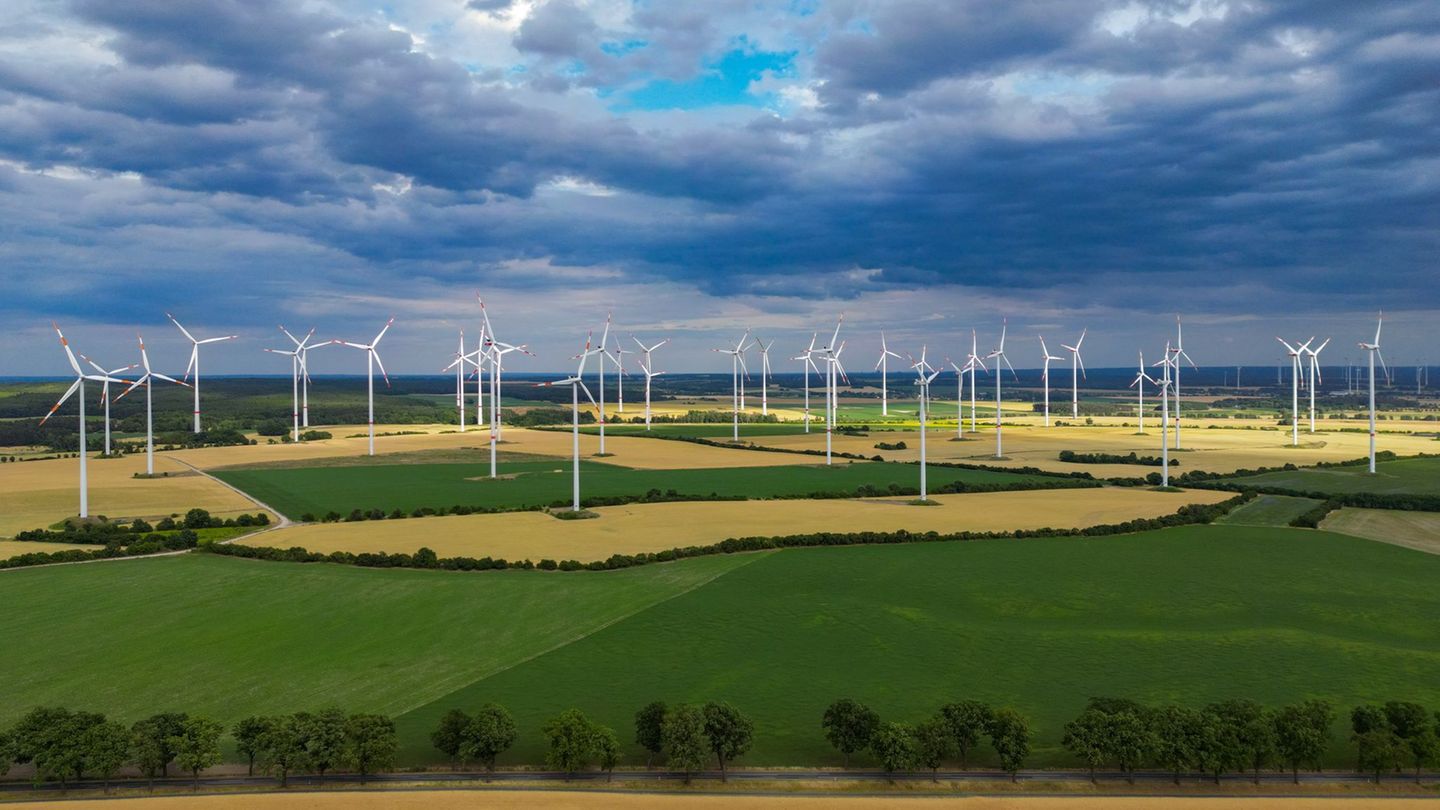(By Agustina Pasaragua) Cooperativism in Argentina employs some 400,000 people, and it stands out in the region both for the wide diversity in branches of production and services, and for its presence in nine out of ten cities, towns or rural areas of the country.
In Argentina, cooperatives and mutuals registered an increase in participation in December 2022, reaching 26,928 associative entities, which operate in an economic, social and productive model made up of more than 28 million members, and which generates around 400,000 in the country. jobs.
“Cooperativism is a generator of decent work, both for people in a situation of social risk and for young professionals, there are about 400,000 workers, we estimate that they represent 10% of GDP, although we would like more precise estimates, which is why we are in this talking with INDEC,” the president of the International Cooperative Alliance (ACI) and president of the Cooperative Confederation of the Argentine Republic (Cooperar), Ariel Guarco, told Télam.
The economist and cooperative member of the Gorini Floreal Cooperation Cultural Center, Valeria Mutuberría Lazarini, also told Télam that “currently there are no clear statistics regarding the economic impact and employment because it is a largely informal sector.”
According to data from the National Institute of Associations and Social Economy (Inaes), in 2019 the sector registered 11,657 associations at the country level -8,618 cooperatives and 3,039 mutuals-, with 250,000 direct jobs.
In the last three years, this number has risen to 19,076 cooperatives and 3,926 mutuals.
This type of association is made up of members who organize themselves to offer economic, social and cultural goods and services such as subsidies, loans, insurance, telecommunications, housing construction, health care, among others.
In the case of cooperatives, they are based on the periodic contribution -agreed by statute-, while mutuals resort to a social solidarity quota.
Cooperativism not only meets community demands but also has a central role in economic and productive development, boosting local economies and giving rise to this sector that has little space in the traditional economy.
Regarding registered work, the cooperatives have 76,346 workers in a dependency relationship, of which 75% are in the Central region, 9% in Patagonia, 7% in the NEA, 5% in Cuyo and 4% in the NOA, according to Inaes.
For their part, mutuals register 34,565 formal employees, of which 55% are concentrated in two jurisdictions (Santa Fe and CABA).
For this reason, another of the challenges for the sector in 2023 is to modify and strengthen the cooperative work system so that there is recognition of the figure of associated worker, which builds collective rights and a system of social protection for work cooperatives.
From the Inaes, the Chief of Staff Jonathan Thea, pointed out that, “if we think about agricultural production, almost 30% of cereal production is in the hands of cooperatives, representing 10% of employment in the sector. In these sectors informality prevails, therefore, this form of organization allows family farming to be formalized”.
Likewise, both the Inaes and the ACI highlight the strong presence of insurers and agricultural entities in the productive market, such as the Credicoop bank, Agricultores Federados Argentinos (AFA), the Sancor Seguros Group and the Cooperativa Obrera, which are among the 300 most greats of the world
“Today we have 150 years of experience recognized worldwide for our strong position in various sectors of the economy such as agri-food production, public services, retail, work and health,” Guarco said.
He highlighted that Argentina not only stands out regionally for the greatest diversity of items in the branches of production and services, but also for having a “territorial capillarity”, in which nine out of ten cities, towns or rural passages have cooperatives.
“Argentine cooperatives participate in the design and execution of public policies with a chair on the Inaes board of directors, which represents a co-management model that does not exist in other parts of the world, we also have a purchasing center linked to one of the largest consumer cooperatives in the entire continent, and a level of integration with second and third degree structures that represent the sector at a national level”, explains the president of ACI.
Thea, for her part, explained that these associations are the most important entities in places far from urban centers, “where neither the State nor the lucrative model could or wanted to develop services.”
“Public service companies are present in more than 1,000 cities in the interior of the country, providing drinking water, gas, electricity and many other services in more than 1,000 municipalities. In addition, there are 1,500 cooperatives that provide energy to more than 8 million people , being responsible for more than 70% of rural electrification,” he said.
Source: Ambito




